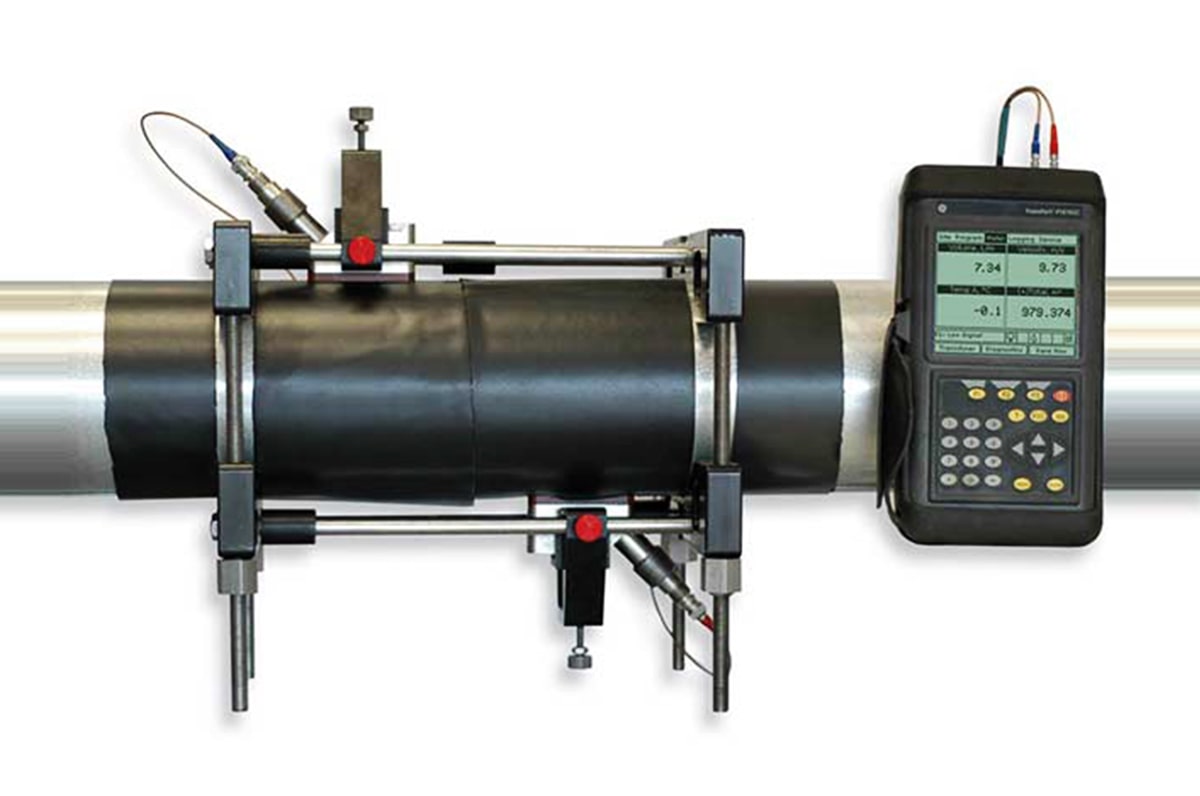
Understanding an Oscilloscope
• An oscilloscope is an electronic test equipment used to observe and measure electrical signal waveforms.
• It helps in analyzing amplitude, timing, and frequency of voltage signals over time.
• It is used in electronics, engineering, and telecommunications industries.
Measuring with an Oscilloscope
• It can measure various signal parameters, including peak-to-peak, amplitude, and root mean square (RMS).
• It can also measure period, frequency, and rise/fall time to understand the periodicity and timing aspects of a signal.
• Used or new oscilloscopes can provide advanced measuring features like Fast Fourier Transform (FFT) for frequency domain analysis and math functions for mathematical operations on waveforms.
Practical Application of an Oscilloscope
• Engineers use oscilloscopes to test and troubleshoot electronic circuits with noise interface or signal integrity.
• They are also useful for analyzing audio signals, testing the performance of power electronics and motor drives, and analyzing audio signals and waveforms.
How to Read an Oscilloscope
• Understanding the parts of an oscilloscope is crucial for effective reading.
• The display, timebase setting, and triggering are key to understanding the waveforms.
• Oscilloscopes can measure voltage and time, including amplitude, peak-to-peak voltage, and RMS (root mean square) voltage.
• Continual learning and application of the oscilloscope can make users more confident in analyzing waveforms, troubleshooting circuits, and making informed design decisions.




